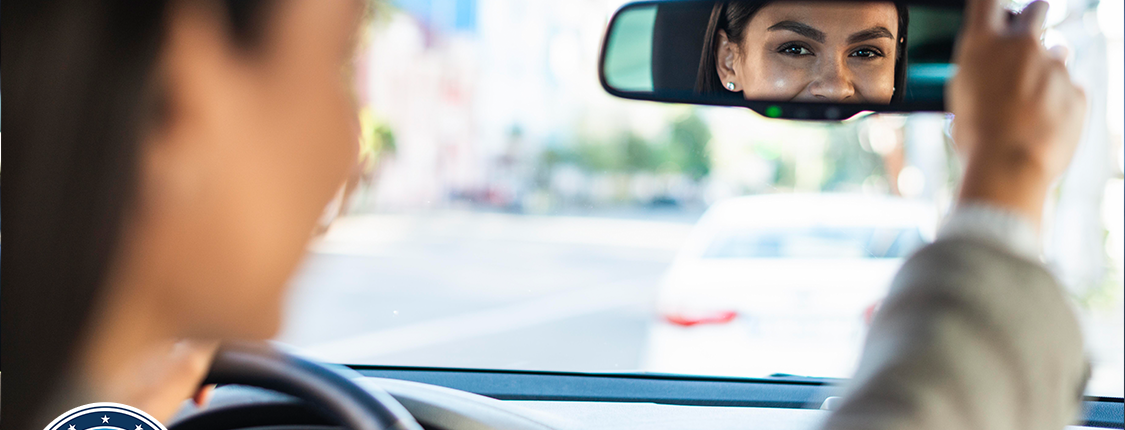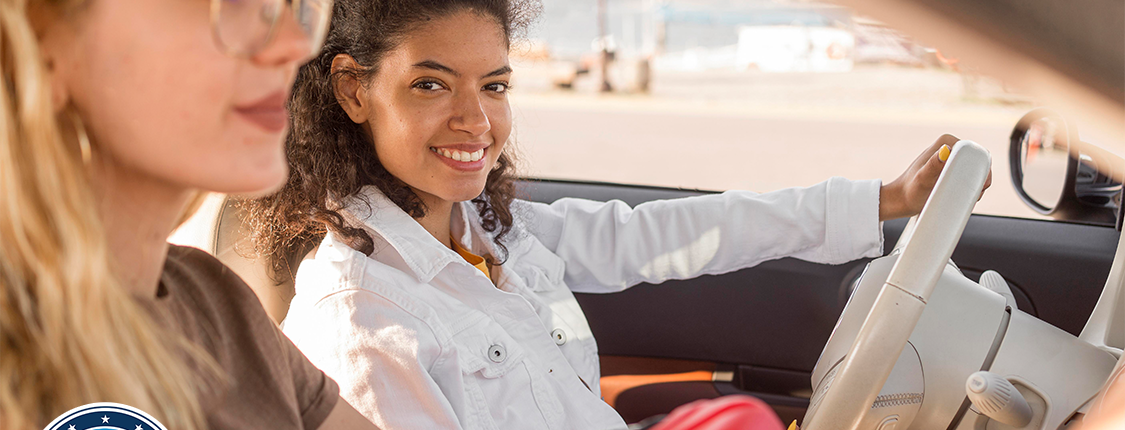WHY P.A.D.P.?
Let us tell you about how PADPNY came to be
The Parents As Driving Partners campaign is a regional coalition of counties joining together to assist our next generation of drivers. Parents/guardians make an enormous difference as young drivers establish habits that will stay with them throughout their lives and our community partners want to provide parents/guardians with the information and tools they need. One key component is our teen driver agreement which is given out to younger drivers applying for their learning permit in all participating counties. These agreements are conversation starters and a way to establish ground rules that will help keep young drivers safe. Taking an active role in a young driver’s education throughout their formative years is an excellent way to keep them safe!





